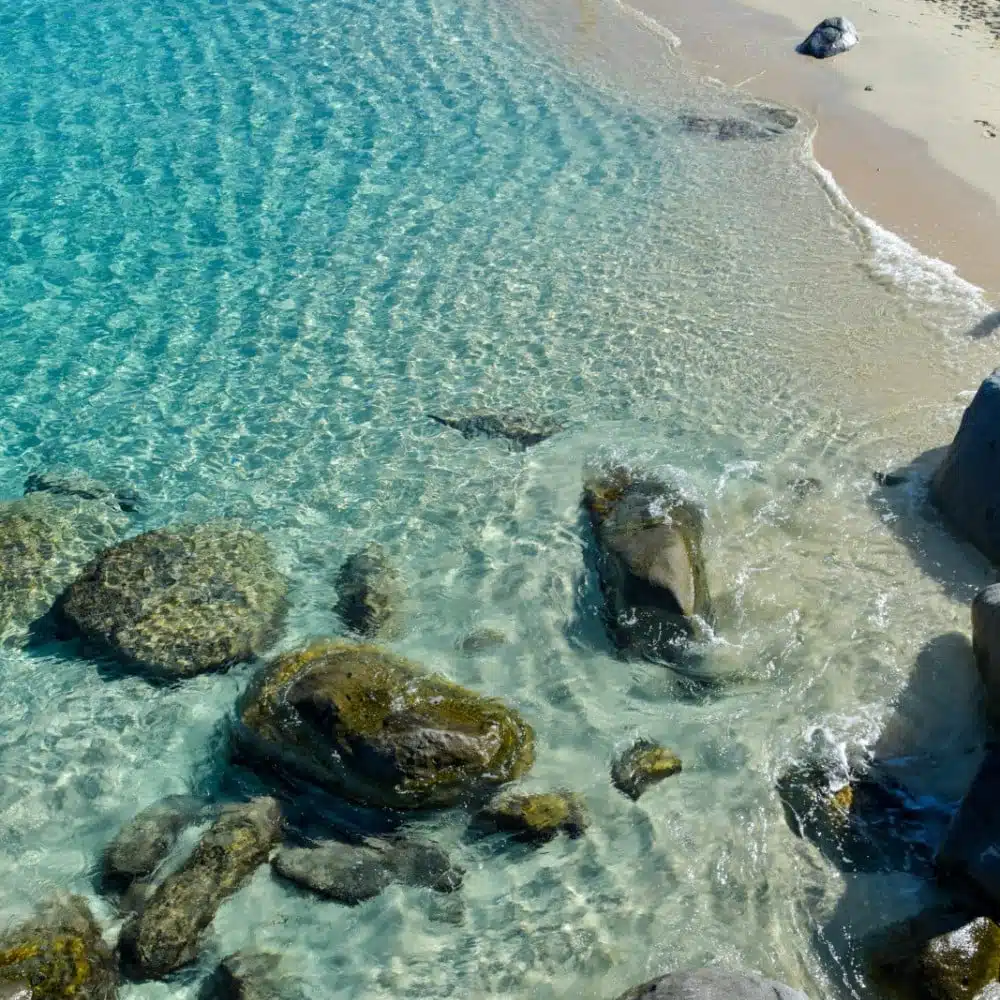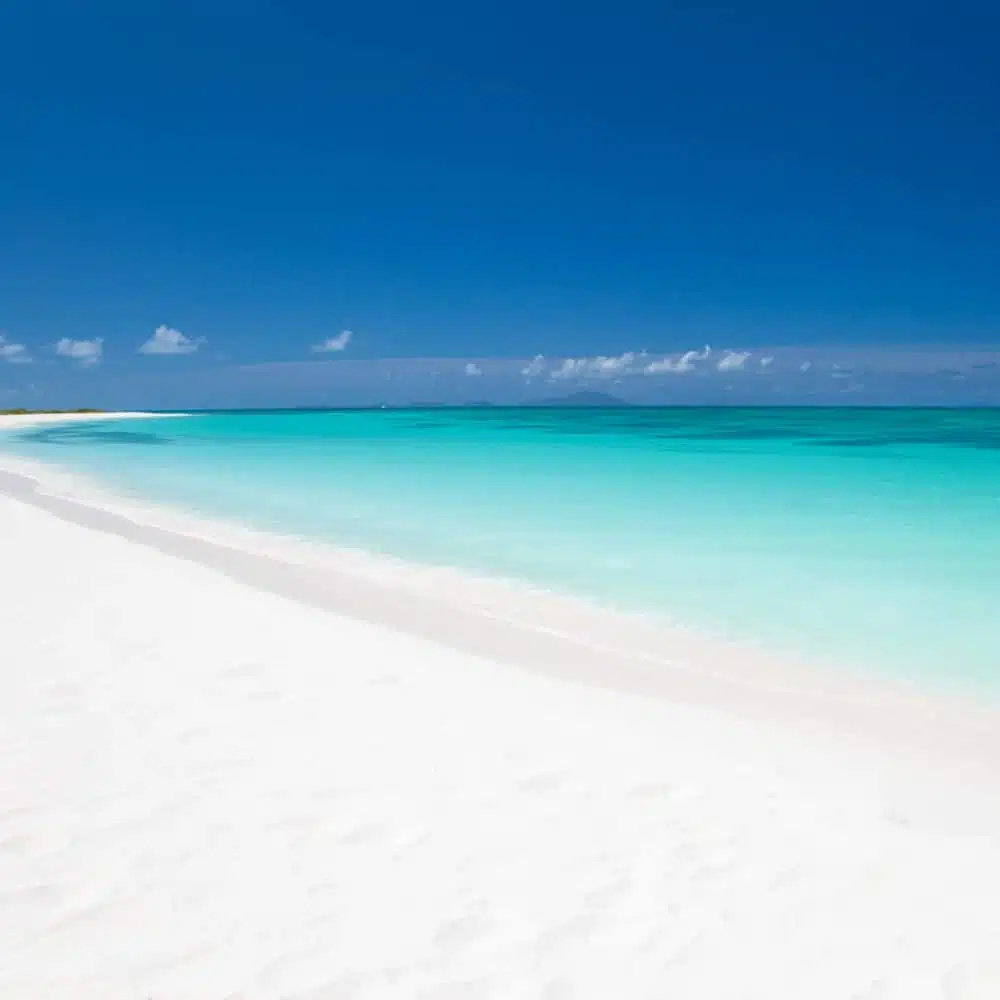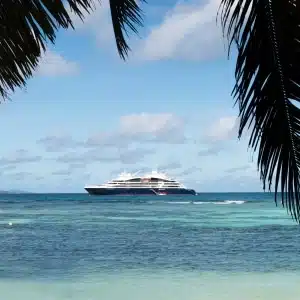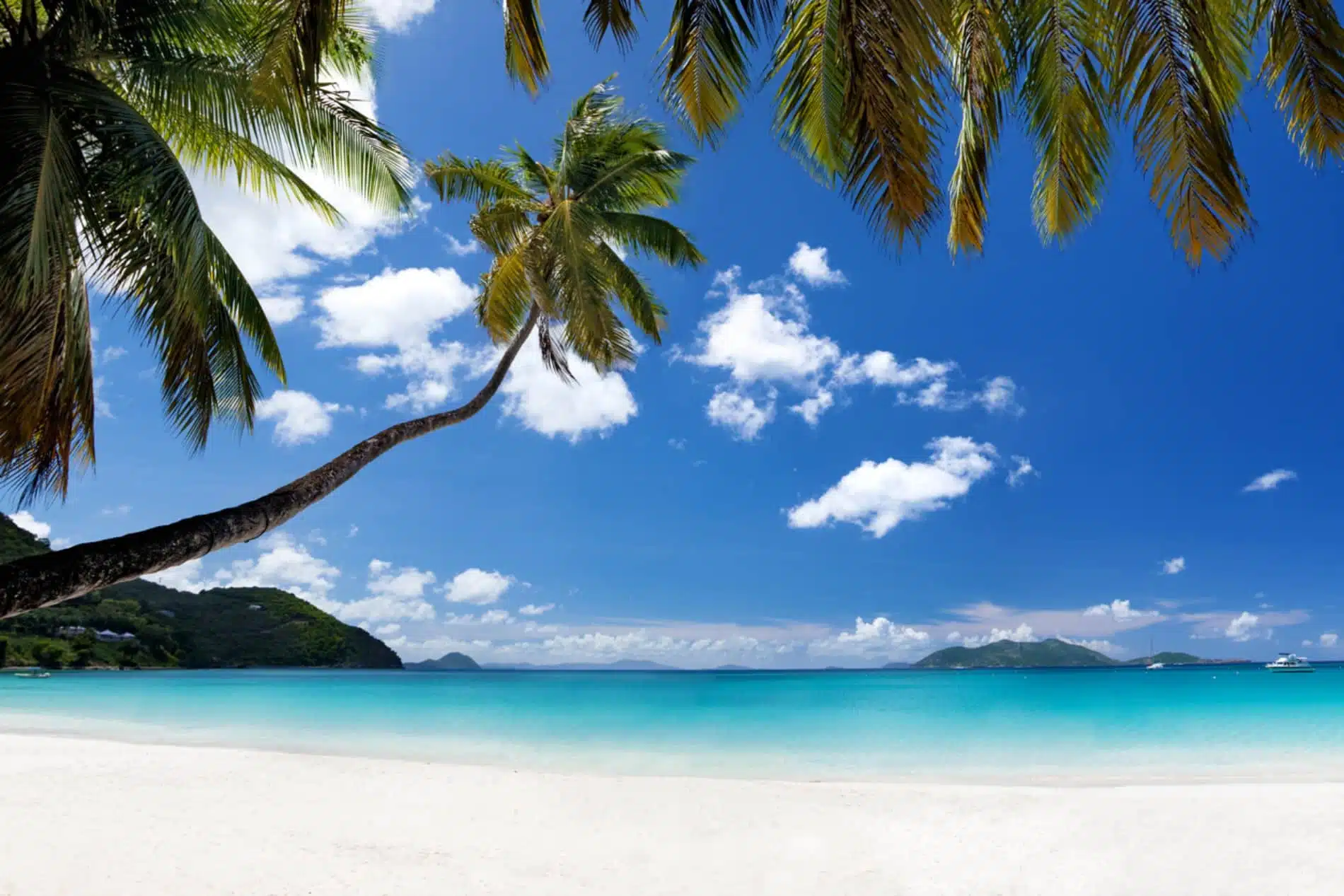A heavenly chain of islands in the Caribbean
Christopher Columbus was amazed when he set foot on these islands in the Caribbean Sea, to the east of Puerto Rico, in 1493. He named them in honour of Saint Ursula and her fellow holy virgins. A former pirate haven, the British Virgin Islands (BVI) remain one of the best kept secrets of the West Indies. The jewels in the crown of this idyllic island chain include Tortola, Virgin Gorda, Jost Van Dyke and Anegada.
Tasting rum in Tortola
Tortola, the largest island in the archipelago, offers a superb coastline with lush vegetation and white or golden beaches. Make sure you visit the bustling, sandy Cane Garden Bay on the north-west coast, and don’t miss the opportunity for a spot of rum tasting nearby! Try the golden, white and spiced rums produced by the Callwood family, who have owned and operated the oldest rum distillery in the Caribbean in Tortola since the 18th century. In an authentic stone building, testament to a centuries-old business, rum is made using a wood-fired still and bottled in an artisanal bottling facility. Sugar cane grows just behind, providing its precious nectar once pressed. A tour of the distillery will give you a better understanding of the history of rum in the Caribbean, one of the cornerstones of the cultural heritage of the British Virgin Islands.
Bathing in the ‘baths’ of Virgin Gorda
Virgin Gorda will remind you of the Seychelles. The island’s remarkable sites include The Baths, a unique collection of granite boulders, grey spherical rocks and volcanic formations scattered across the beach and the turquoise waters of the Caribbean, located 2 km west of Spanish Town. Set off on an adventure that will appeal to all your senses in the middle of this unmissable geological wonder. Be astonished as you embark upon an enjoyable, fun walk along a specially created footpath that passes above and below these impressively sized rocks. And don’t miss the chance to take a swim sheltered from the sun in one of the many natural pools, or to explore the passageway known as ‘the cave’, which leads to Devil’s Bay, an idyllic sandy beach with clear and shallow waters that are perfect for snorkelling. Another diving hotspot (see boxed text) is the Dog Islands, to the west of Virgin Gorda: a collection of uninhabited islets protected because of their seabird colonies and the purity of their seabeds.
Unique scuba diving spots
– The Caves at Norman Island, one of the best snorkelling sites along with The Baths and Devil’s Bay.
– The mythical wreck of RMS Rhone, near Tortola, an English steamer that sunk off Salt Island in 1867 in a hurricane at a depth of 23 m. Nearby waters have been given national park status.
– The magnificent coral reefs of Alice in Wonderland, Blonde Rock and Painted Walls near Peter Island.
– The underwater landscape of Coral Gardens, south of the island of Great Dog, home to the famous ‘plane wreck’. And Bronco Billy, on the north-western tip of George Dog, said to be Jacques Cousteau’s favourite dive site.

Sip a cocktail by the water’s edge at Jost Van Dyke…
…known as Jost or JVD for short. Despite being the smallest inhabited island in the archipelago, it’s also the liveliest! Where does its name come from? A famous and formidable Dutch privateer, one of the very first European settlers to land in the British Virgin Islands in the 17th century. It’s your turn to get away from it all on this island of undulating green hills, where iguanas, mongooses, pelicans and frigatebirds nestle undetected. Head to White Bay, on the south coast of the island, to feel its extraordinarily fine sand between your toes. It’s one of the most beautiful beaches in the Caribbean and the perfect place to sip a cocktail by the water’s edge while watching the majestic flight of gorgeous frigatebirds with their long tapered wings. Then, head to Jost Van Dyke’s other unmissable site, Great Harbour, an exotic and festive port at the end of a long bay that promises an unforgettable Caribbean evening.
Explore Anegada, a wildlife sanctuary
After letting your hair down in Jost Van Dyke, relax in the peaceful atmosphere of Anegada, an exceptional geological formation isolated from its siblings, perched ‘way up’ in the north-east of the BVI. Unlike the other islands in the archipelago, which are of volcanic origin, Anegada is a raised limestone atoll measuring 19 km long by 5 km wide. Some call it ‘drowned island’, as its highest point is just 9 m above sea level. Come and explore the wide, often deserted, sandy beaches of this secluded island, a secret Eden of almost submerged lands. Having almost disappeared completely, flamingos and Antillean iguanas have now found a wonderful refuge here nestled between the magnificent beaches and turquoise lagoons, palm trees and shrubs, salt marshes and ponds. At the south-eastern tip of this wild atoll, don’t miss Conch Shell Mound, an incredible shellfish graveyard where fishermen have piled up hundreds of thousands of colourful pink and orange conches. And make sure you visit Horseshoe Reef, the world’s fourth largest coral reef, home to a priceless ecosystem of rich flora and fauna.

Sylvia Earle, a citizen of the earth and the oceans
Photos credits : © Istock / ©StudioPONANT/Thibault GARNIER




